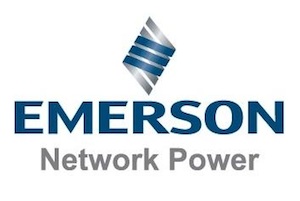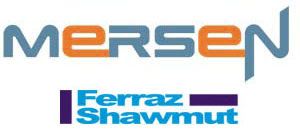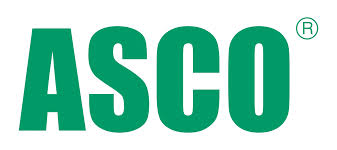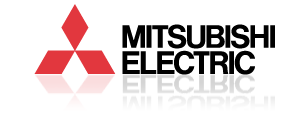Designing Control Panels for Hazardous Locations

October 1, 2019
Hazardous areas might be different than many others due to the sensitivity of what’s being handled on site. But just like employees in any other industry, those who are regularly in hazardous locations or environments need to be able to rely on their control systems for safety, effective and efficient work processes, and for proper functioning of their entire operation. Whether or not you are in a hazardous location, control panel safety should never be in question.
Designing control panels for these locations involves different planning, design, and engineering compared to “normal” locations. This post will go over some industries that should be using specially designed control panels as well as what types of specifications/adjustments are necessary for these hazardous areas.
Classification of Hazardous Environments
Hazardous environments are broadly defined as areas that contain concentrations of flammable/dangerous gas, liquid, vapor, flammable airborne fibers, dust, or any other type of combustible matter that risks explosion, electrocution, or ignition of a fire/flame.
This can include environmental materials like dirt, precipitation, and ice.
There are extensive and detailed classes, divisions, zones, and subcategories that each hazardous environment falls under depending on the specific threats or dangers that exist in that location/industry.
Classes are used to define the general nature of the hazardous material or materials that could be in the air/area of the environment. There are three classes.
Divisions are used to define the likelihood that the hazardous material or materials are in the air/area of the environment. There are two divisions.
Groups then specifically define the exact type of the hazardous material or materials. These are listed A through G. You can see all of those classifications here.
There are other classification systems as well, including zones and other specified group types.
Let’s look at a few examples of classifications.
Classes
- Class I is defined as a location where flammable gases and/or vapors are potentially in a high enough concentration that it could result in an explosion, ignition, or both.
- Class II is defined as a location where combustible dusts are potentially in high enough quantities to result in an explosive, ignition, or both.
- Class III is defined as a location that has flammable fibers that could potentially lead to an explosion, ignition, or both.
Divisions
Once the class is known, it’s then divided into either Division I or Division II. The division indicates how probable the potential explosion/ignition/danger is because of the presence of the hazardous material or materials.
Knowing and understanding these classifications is crucial for designing hazardous location control panels that are going to be safe and usable in your area. It will directly affect what equipment, enclosures, and general materials are used to design and engineer the panels and enclosures.
Division I indicates a high probability of hazardous material presence in the area (and, thus, a high probability of explosions, flame, or general danger). Division II, on the other hand, indicates a low probability of those things.
If you’re not sure about your status or want to discuss these points further before the design process, don’t hesitate to ask us.
Designing Control Panels for Hazardous Environments
Let’s get into some of the specifics of how to go about designing control panels for hazardous areas.
Explosion-Proof Enclosures
Control panel enclosures can be designed in order to be explosion-proof. This protects the control system/panel from any explosion that may occur and protects the panel itself from interacting with any hazardous materials in the environment that could cause an explosion.
The enclosure also maintains a specific temperature surrounding the panel and the enclosure to prevent a temperature-induced explosion. Many of these enclosures are also flameproof.
Common industries that need these types of enclosures are the oil industry, gas industry, industries with combustible dust/particles, and industries working with large amounts of chemicals like laboratories and/or manufacturing companies.
Purge Systems
Purge and pressurized systems work by “purging” the enclosure where the control panel resides of the hazardous materials in the air/location. It does this by using pressurized gasses or air (often called protective gases) to maintain a clean and non-hazardous air around the enclosure/panel.
There are three subcategories of purge systems (type X, Y, and Z) that are chosen based on the classification of the hazardous location where it will be used.
Once purged of the air that could contain hazardous materials, the control panel can then be used and run safely without threat of explosion or ignition.
Corrosive Environments
NEMA 4X panels can be installed for environments that contain corrosive and/or caustic materials. These panels are made of strong materials like stainless steel, aluminum, polycarbonate, and/or fiberglass.
These can also protect against weather concerns like ice, sleet, snow, dust, and water.
Common industries that use these types of panels include industries dealing with corrosive chemicals like petroleum or strong cleaning chemicals, food processing facilities (that commonly use strong disinfectants), and clothing industries that use caustic dyes/chemicals in their processes.
For industries where the control panel may or may not be submerged or exposed to liquids, NEMA 6P panels can be used. These are sometimes used for protection in areas with corrosive materials, dust, and/or dirt.
Benfield Control Systems Designs Safe and Reliable Control Panels
Benfield Control Systems can engineer, fabricate, and UL certified control panels for various hazardous locations. We can help with designing control panels and enclosures that will be protected from any and all hazardous materials that may be present in your specific environment and industry.
To get started, contact us. We can get started on planning and designing as soon as possible.
 240 Washington St. Mt. Vernon, NY 10553
240 Washington St. Mt. Vernon, NY 10553  914-948-3231
914-948-3231





























